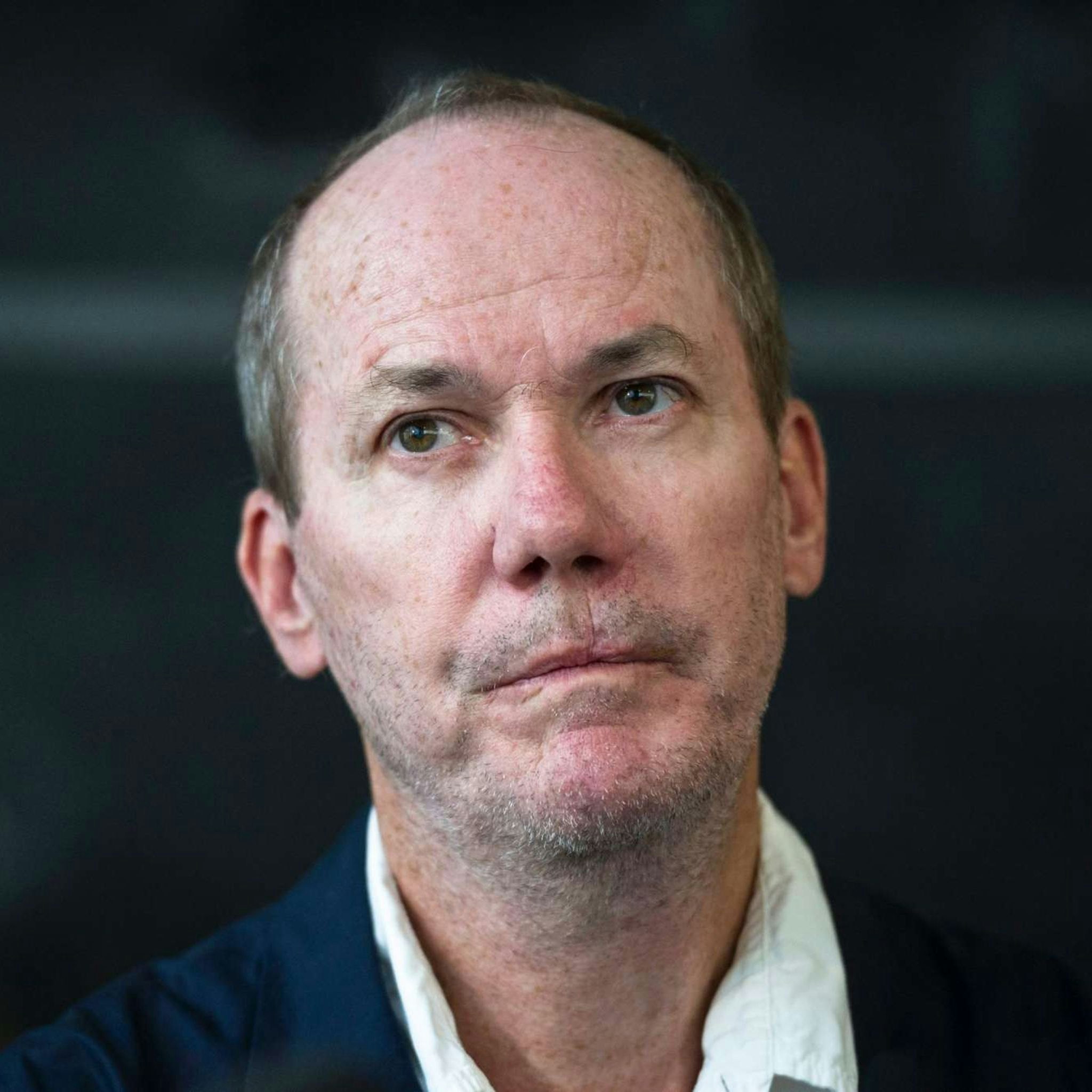Richard Prince - Cowboys

- Place
-
Espace Louis Vuitton Beijing
-
China World Mall South Zone W. Bldg. 1 Jianguomenwai Ave.
-
Beijing
- Phone
-
T. +86 216 1332 856
- Hours
-
Open everyday From 11 a.m. to 7 p.m.
For its third exhibition, the Espace Louis Vuitton Beijing presents Cowboys, an exhibition dedicated to American artist Richard Prince. This exhibition has been produced in the framework of the Fondation Louis Vuitton’s “Hors-les-murs” program, showcasing previously unseen holdings of the Collection at the Espaces Culturels Louis Vuitton in Tokyo, München, Venezia and Beijing, thus carrying out the Fondation’s intent to realize international projects and make them accessible to a broader public.
Richard Prince belongs to the generation of American artists who grew up in the 1950s at the time of the explosion of mass media (television, cinema, magazines). He appeared on the international scene during the late 1970s alongside Cindy Sherman, Sherrie Levine and Barbara Kruger, as a major proponent of appropriation art. He deconstructed the mechanisms of representation and communication promoted by American popular culture. In 1977 his practice took a radical turn when he started re-using advertising images, which he photographed and appropriated. Cutting out the text logo, he reframed the images, creating blurred effects and emphasising colour. Working largely in series form, his subjects were models, cowboys and women on motorbikes. One of his most well-known series working in this vein is the Cowboys series, appropriating the advertising campaign images of Marlboro cigarettes.
Beginning in the 1950s Marlboro ads featured cowboys riding through the wide open terrain of the Wild West in the United States of America. The cowboy was an instantly recognisable icon, wearing denim, leather chaps, boots, spurs, and Stetson hat. Almost exclusively white, he is portrayed as handsome, weathered, and physically fit. Both a role model and sex symbol, the cowboy appeals to men and women alike. By the mid-1960s the “Marlboro Man”, as this figure became known, was so recognisable and brand-identified that Philip Morris was able to drop all direct references to cigarettes in its ads in favour of subtly alluring smokers to come, and be part of, the epic Western landscape of “Marlboro Country”.
The Espace Louis Vuitton Beijing invites you to experience emblematic works from the Collection of Prince’s Cowboys series, including: Untitled (Cowboy) (1994), Mountain Cowboys (1998-89) and The Blue Cowboys (1999). Comprised of eight works in total, these photographs exemplify this important and renowned moment in Prince’s oeuvre. Through appropriation by the means of ‘re-photography’, Prince turned the cowboy into an emblematic, complex object, expressing nostalgia for a mythical, foundational period while highlighting the stereotype through “clichés”.
The artist
Richard Prince
Richard Prince belongs to the generation of American artists who grew up in the 1950s at the time of the explosion of mass media (television, cinema, magazines)
He appeared on the international scene during the late 1970s alongside Cindy Sherman, Sherrie Levine and Barbara Kruger, as a major proponent of appropriation art. He deconstructed the mechanisms of representation and communication promoted by American popular culture. In 1977 his practice took a radical turn when he started re-using advertising images, which he photographed and appropriated. Cutting out the text and logo, he reframed the images, creating blurred effects and emphasising colour. Working largely in series, his subjects were models, cowboys and women on motorbikes. Prince turned the cowboy into an emblematic, complex object, expressing nostalgia for a mythical, foundational period while highlighting the stereotype through clichés.


